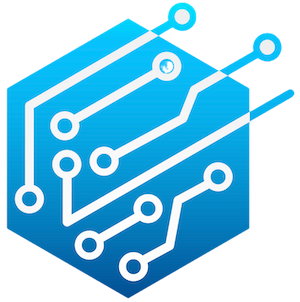Meta’s recent announcement of its Wearables Device Access Toolkit signifies a pivotal moment in its technological evolution. Moving away from merely producing hardware, the company now envisions a future where third-party developers are integral to shaping the capabilities and appeal of its AI glasses. This strategic pivot reveals a clear understanding: an open ecosystem, fueled by innovative programming, will exponentially elevate the device’s functionality and market relevance. Prior attempts at closed systems have often limited user engagement and creative exploration, but Meta’s willingness to foster external development signals confidence in a collaborative future. By offering a pathway for external developers, Meta aims to replicate the success stories of other tech giants who thrived by enabling community-driven innovation.
In essence, this move transforms Meta’s wearable devices from standalone gadgets into versatile platforms—similar to what ecosystems like Apple’s App Store or Android’s openness have achieved. The premise hinges upon empowering developers to craft specialized applications that extend beyond Meta’s pre-designed features, broadening use cases from fitness and streaming to accessibility and entertainment. The limitations of earlier prototypes—restricted sensor access and closed development—are being replaced with an invitation for outside expertise to shape what the future of AR and AI glasses can be. This strategy demonstrates an acute awareness: the future of wearables will be largely defined by the diversity and ingenuity of its third-party developers.
Open Tools as Catalysts for Innovation and Market Penetration
Meta’s introduction of the Wearables Device Access Toolkit isn’t just a technical upgrade; it’s a bold assertion that innovation thrives on openness. The initial focus on on-device sensors such as cameras and audio highlights an understanding that immersive experiences require multidimensional inputs. Early adaptations by creative entities like Disney’s Imagineering team and Twitch content creators exemplify the potential unlocked when developers have direct access to device functionalities. Disney’s experiments with visitor tips showcase how AR glasses can redefine experiences in physical spaces, making them smarter, more interactive, and personalized. Simultaneously, streaming innovation with Twitch exemplifies the shift toward frictionless content creation, directly from wearable devices.
Furthermore, the inclusion of accessibility-focused projects, like HumanWare’s navigation assistance, underscores Meta’s broader social responsibility. It signals an ambition not just for tech dominance but for creating tools that serve diverse needs—an essential step toward genuine inclusivity in wearable tech. When developers can tap into sensors for varied experiences, Meta positions itself as an enabler of novel interactions, pushing the boundaries of what AI glasses can do.
By limiting initial access and emphasizing feedback-driven development, Meta adopts a cautious but strategic approach. This ensures that as the toolkit matures, the ecosystem built around it remains robust, secure, and truly innovative. The phased rollout hints at the company’s recognition of the risks involved but simultaneously highlights confidence that the long-term rewards outweigh the immediate challenges.
Implications for Market Evolution and Consumer Adoption
Meta’s open developer model could be the key to unlocking mass adoption of its upcoming AI glasses, including the highly anticipated Meta Oakley “Vanguard” models targeted at athletes. Historically, hardware success hinges not merely on form factor or branding but on the versatility and richness of applications it offers. By allowing outside developers to create tailored integrations—such as fitness tracking or specialized streaming—Meta is setting the stage for a user experience that can be as diverse as the developer community itself.
The potential for growth is staggering. As third-party applications diversify, consumer interest is likely to increase, especially among niche markets and early adopters craving customization and advanced features. This approach transforms the glasses from a mere tech novelty into a versatile, indispensable tool. It echoes a broader industry trend: the recognition that engaging external developers creates more sustainable and innovative product ecosystems.
Meta’s long-term bet on development openness could also accelerate its AR ambitions. By fostering a vibrant ecosystem, the company increases the likelihood of discovering unforeseen use cases that could redefine what AI glasses are capable of. Additionally, the community-driven development model reduces the burden on Meta to develop every feature internally, allowing the company to concentrate on hardware improvements and logistical scaling.
The ultimate challenge lies in balancing openness with safety, quality control, and privacy. Meta’s phased preview approach indicates a responsible strategy, testing waters before full-scale deployment. If successful, this blueprint could establish Meta as a leader not just in hardware, but as an innovator in collaborative technological ecosystems—an accolade that might set the tone for the future of wearable tech in the broader digital economy.


Leave a Reply